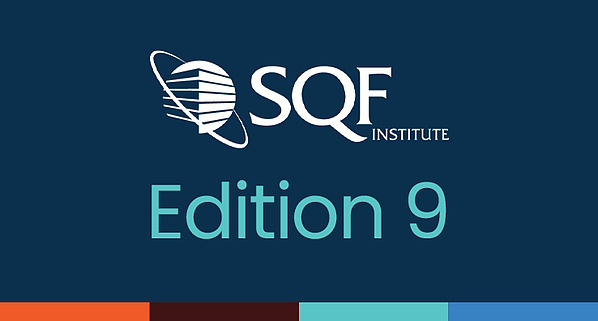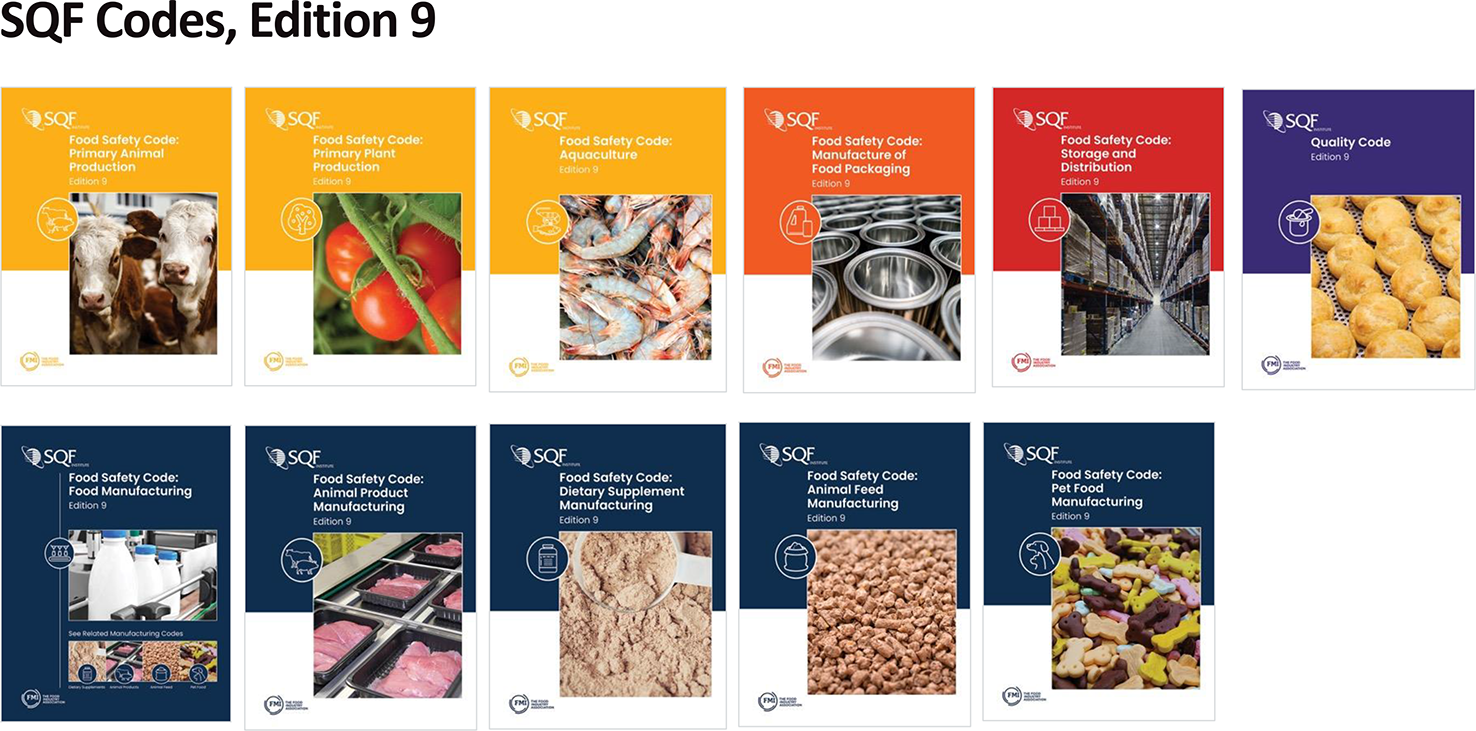SQF Edition 9 is Live, What You Should Know Now

As you may know, the 9th edition of the Safe Quality Food (SQF) codes goes into effect on May 24. Many of our clients seek accreditation with the SQF code for its ability to verify food producers are meeting industry, customer, and regulatory requirement for all sectors of the food supply chain. Here’s a simple overview of what you need to know to prepare.
Recently, the updated Global Food Safety Initiative (GFSI) benchmarking standards prompted the update to SQF Edition 9 to demonstrate a food safety culture throughout an entire organization as one of the requirements. If SQF is your way of verifying a food safety culture to your Certification Body and customers, now’s the time to get ready.
A food safety culture is definitely the hottest topic around SQF Edition 9 and certainly where we are getting the most questions from our clients. It’s also getting a lot of attention from the FDA after being identified as one of the four key pillars of the New Era of Smarter Food Safety.
In this two-part blog, I will provide an overview of the latest framework changes, followed by a rundown of implementation strategies related to food safety culture and other fundamental code changes.
SQF Edition 9 brings some significant changes in the framework of the code itself. If you look at the left-hand side of the slide below, you can see there were eight different codes associated with SQF Edition 8.1. Now 14 codes apply to various operations and food sectors.
As you prepare for Edition 9, you need to know precisely the scope of the certification for your SQF system based on the types of products you produce and the applicable codes.
The following image includes 11 main food safety codes that apply to the system itself, plus the SQF quality code. The codes for retail, foodservice, and SQF fundamentals are not included.
What you see here is an indication that your SQF audit under Edition 9 might relate to a different standard than SQF Edition 8.1. For example, we have many clients who are dual-jurisdiction facilities that make products regulated by FDA and USDA. In Edition 8.1, they would have been audited under the Food Safety Code for Manufacturing. But now, there are two different codes in Edition 9 that can apply to their operations.
The Food Safety Code for Food Manufacturing that includes modules 2 and 11 in the image still applies to FDA-regulated products and general food products. Companies that produce goods from animal products must now follow the Food Safety code for Animal Product Manufacturing – Modules two, plus seven, eight, or nine as applicable.
Your certification scope may differ under SQF Edition 9. Don’t let that be a surprise during your next audit. Make sure you know which codes and food sector categories apply to your operation when you define the scope of your certification.
Also new under Edition 9, you can be certified to the SQF quality code if you are certified by other GFSI recognized Certification Program Owners. If you were a BRC or FSSC 22000 company, you can now be certified to the SQF quality code if desired.
Next, let’s talk about critical changes in Part A of Edition 9. This content isn’t written into the SQF modules but rather at the beginning of the code to set up audit protocols. I want to call out four areas.
Unannounced Audits
One critical change in SQF Edition 9 involves the frequency of unannounced audits, which must now happen once every three years. With SQF Edition 8.1, unannounced audits could have occurred once every four years depending on the audit cycles. But SQF changed this to meet the GFSI benchmarking standards.
Non-Conformance Scoring
Under the new SQF Edition 9, non-conformance point deductions for a major non-conformance dropped from 10 to five of your available 100 points during an audit. Although this sounds like a benefit for the industry overall, this change may make auditors less reluctant to cite major non-conformance concerns. Now, it’s more likely to see them cite more major non-conformance issues where systemic breakdowns exist. So be careful about that.
Elimination of Desk Audits
Before SQF Edition 9, companies seeking new certification used to participate in a two-stage process with a desk audit and a facility audit. Now the requirement for the desk audit has been eliminated and replaced with a one-stage certification process. This will be a benefit to new companies seeking SQF certification with an accelerated process and less expenses associated with the audits.
New Option for Remote Activities
Under the new edition, remote activities have been added for audit consideration. Like so many functions that have gone remote during the era of COVID-19, so have portions of SQF audits potentially. This change in the system offers opportunities and risks. Certain parts of an audit such as program and record reviews can now be conducted remotely. But indeed, part of the audit will still be performed onsite like a facility inspection.
So that’s some of the high-level changes in SQF Edition 9. In the second part of this blog, we’ll get into implementation approaches and dig down a bit deeper into changes pertaining to management, employees, resources, facilities, and communications.
In the meantime, please contact us with any questions about SQF Edition 9 as the May 24 implementation date approaches. You can also watch our recent webinar on this topic,
Build a Mature Food Safety Culture that Meets GFSI Audit Standards.



-png.png)



